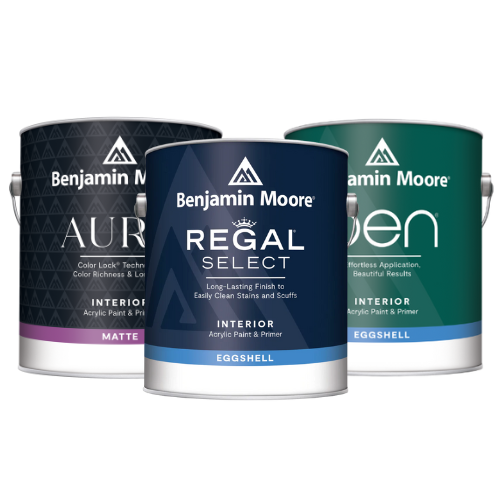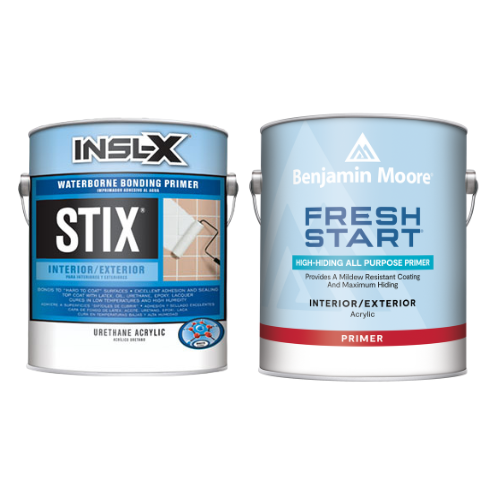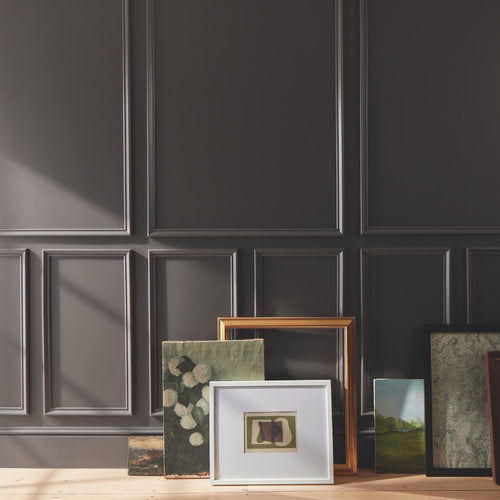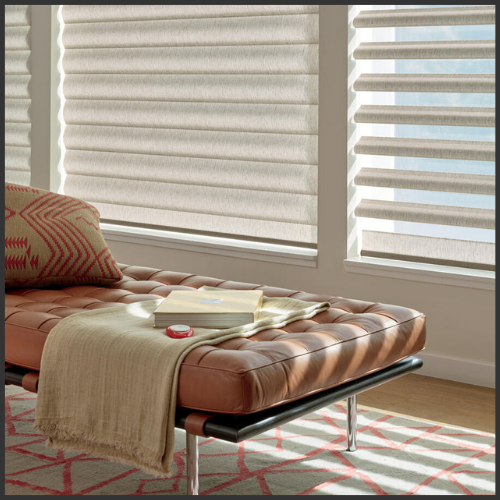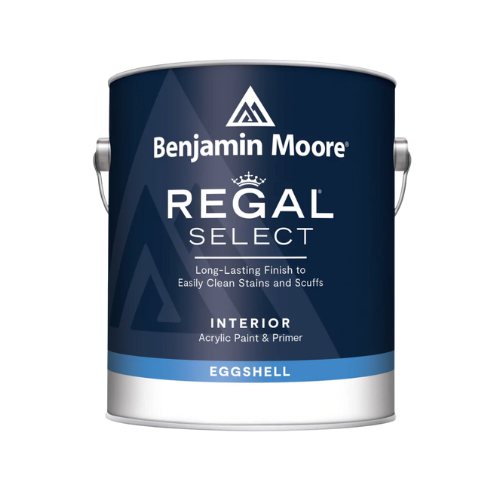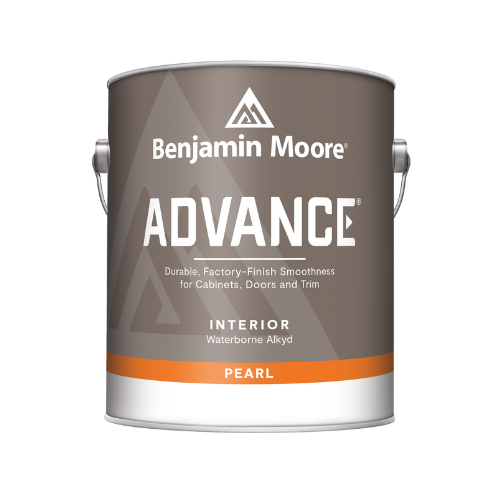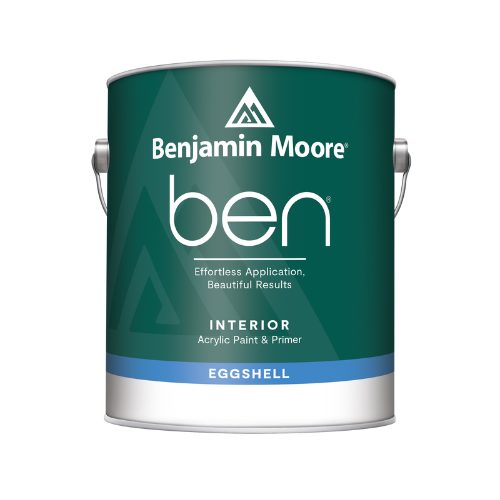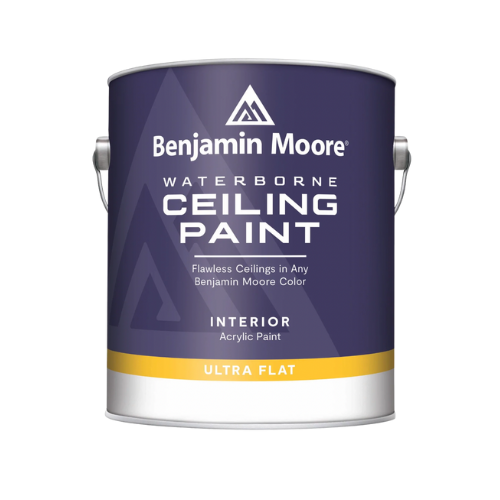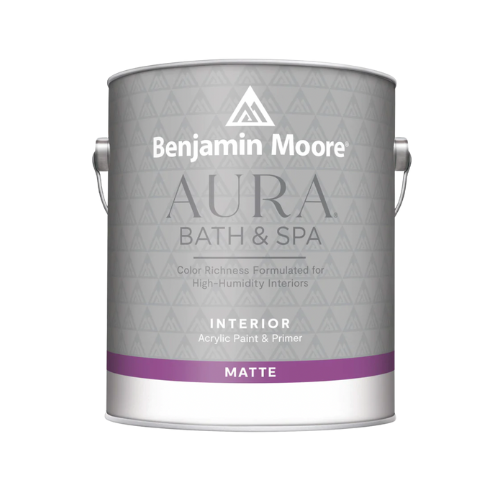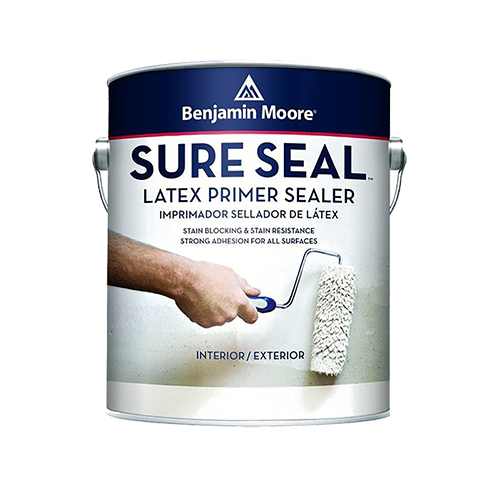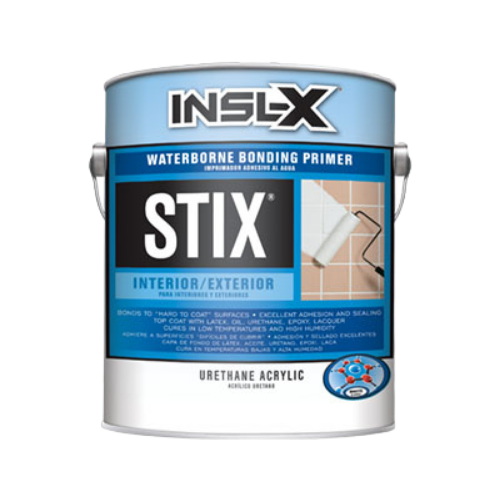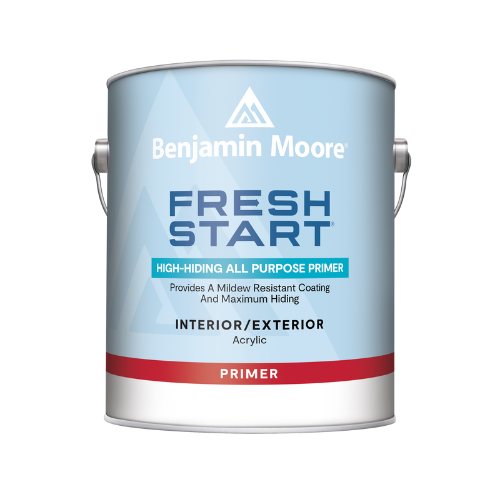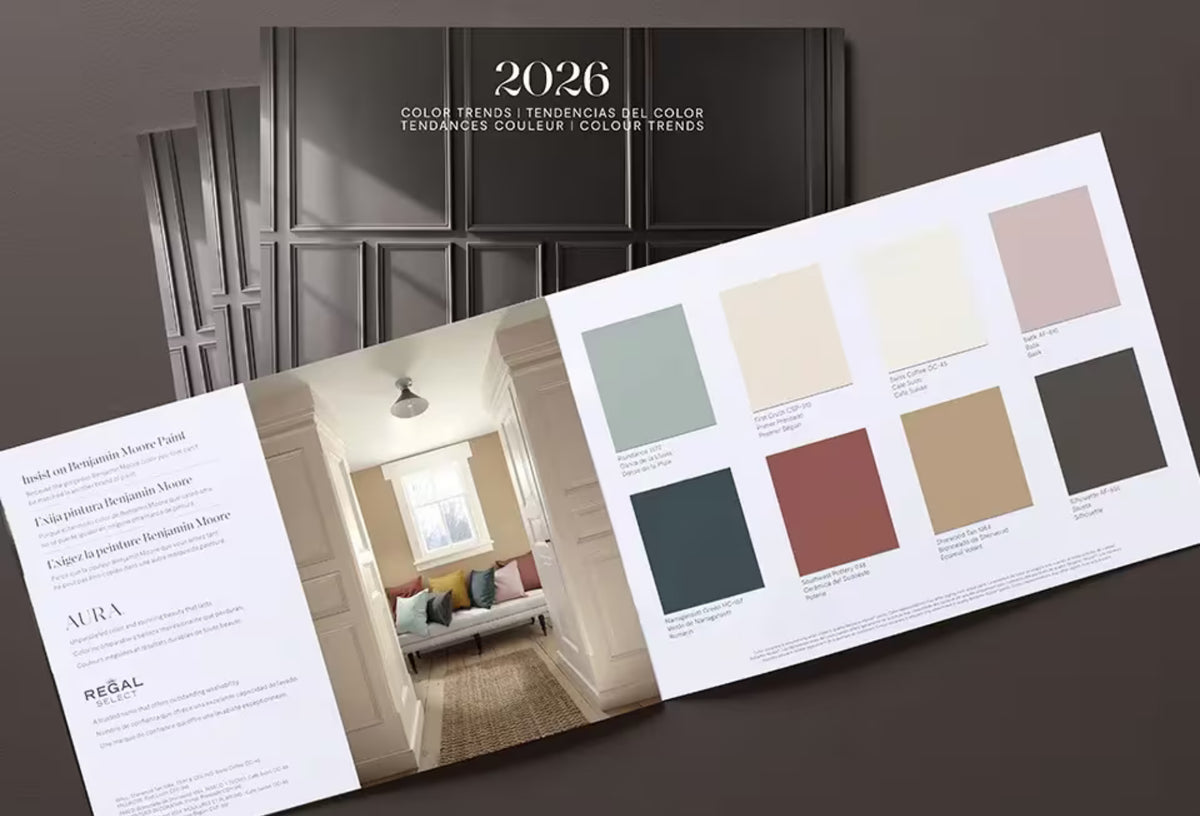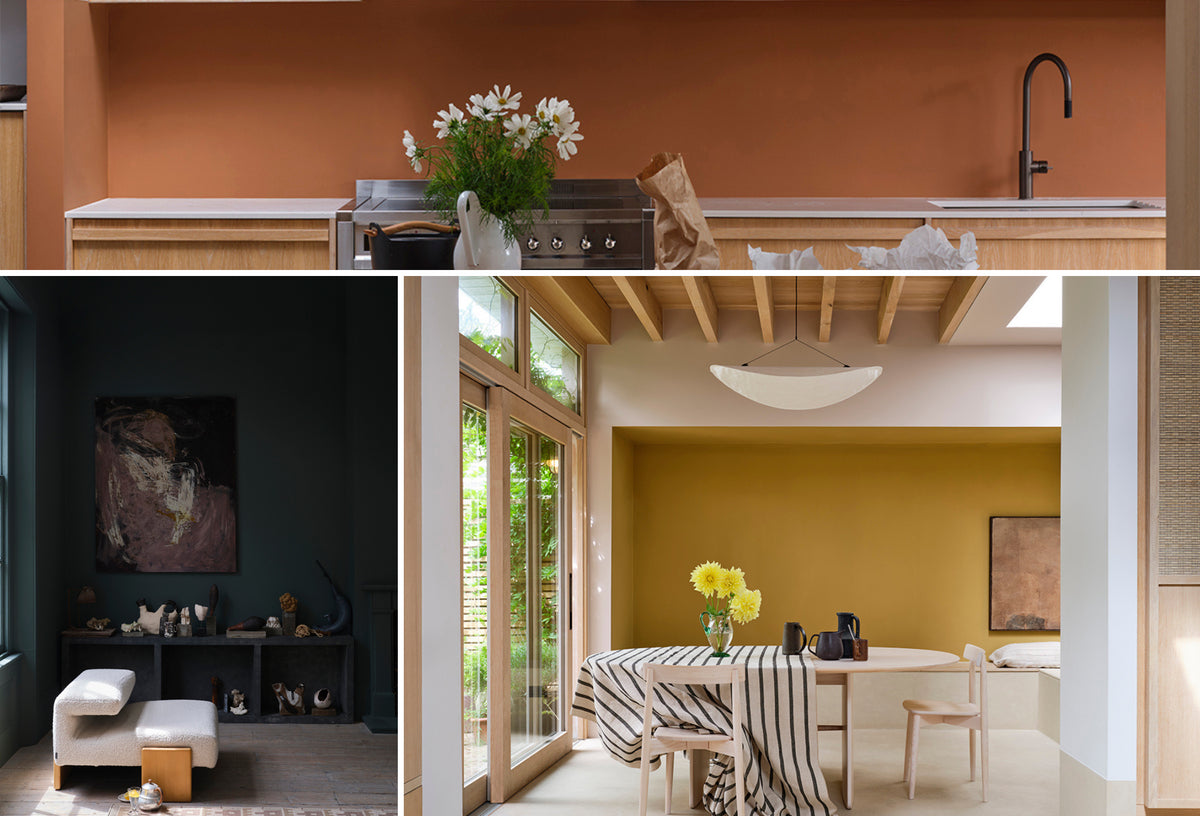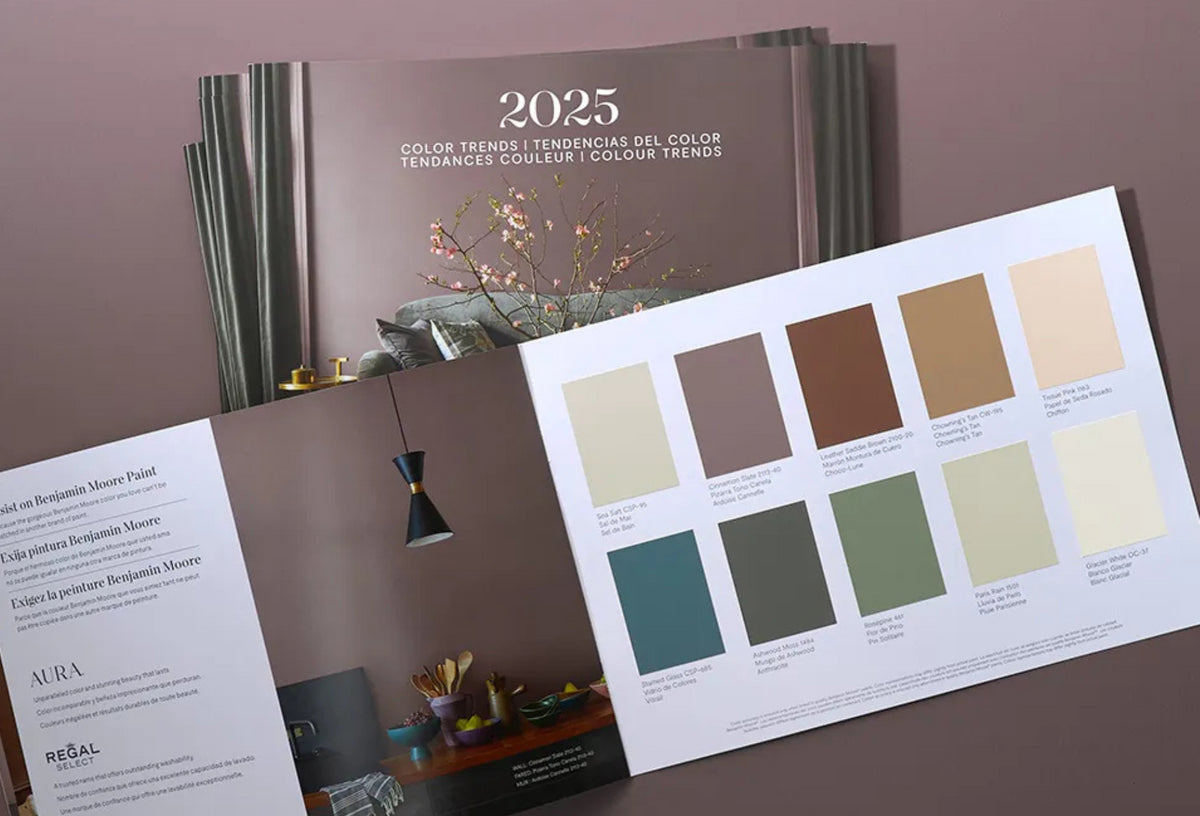
Imagine sitting in your hairstylist’s chair. After asking for a trim, you notice that their snip-happy scissors have lopped off too much. Do you speak up and ask that they fix the mistake, or leave the salon a dissatisfied customer?
For many of us, it’s difficult to tell people exactly what we want – or don’t want, in the case of a good haircut gone bad. This is especially true when dealing with professionals, whether it be our stylist, our dentist or our mechanic. We tend to remain silent while they do their thing, trusting that they “get” what we mean and will do what’s best for us.
But unless that professional is also an expert mind reader, the key to getting precisely what you want is to communicate, communicate, communicate!
The same goes when hiring a professional designer to work in your home. To achieve exactly what you want, it is important to communicate clearly and constantly during all stages of the design process. Every designer we know wants to successfully collaborate with their client, and that starts by being open and honest about what you want.
FIND A LOCAL DESIGNER
-
Be able to express your ideas and inspirations visually, by collecting images from magazines or design websites like Houzz. Try to articulate what appeals most to you about the photos. Some people like to make a mood board of colours, emotions and fabrics to help determine the look and feel they want to evoke, which hands their designer an invaluable reference tool they can use to create a fabulous design.
-
Be direct in how you prefer to communicate, whether it be by phone, email, text or regularly-scheduled meetings. Having in-person conversations, at least once in a while, not only builds your client-designer relationship but ensures that there is less chance of a misunderstanding (potato, poe-tah-toe).
-
Be clear on how much handholding you expect. Everyone has a different style (high maintenance, much?) and that’s okay. Let your designer know how much you expect in the way of information and involvement. Do you only need some advice before tackling an aspect of the project yourself, or do you want your designer to do it all? Conveying your expectations lays the groundwork for a solid working relationship.
-
Be unembarrassed to talk about $$. Along with religion and politics, money is one thing we’re taught not to bring up in conversation – but now is not the time for social etiquette! Be upfront with your designer about your budget constraints (trust me, no one knows how to stretch a dollar better than designers; they can accomplish amazing things on budgets of all sizes) as well as how you will set fee structures and arrange payments.
-
Be honest about what’s not quite working for you. Remember that bad haircut? It’s what happens when we keep our lips zipped and hope the problem fixes itself. There may be an idea your designer proposes that you simply do not like or will not work for you. Creative differences happen! That’s why it’s important to voice your concerns to your designer and discuss your shared vision – and the sooner, the better.
-
Be flexible when issues arise (and issues always arise!). Your designer will inform you of any unforeseen bumps in the design road, usually stemming from unplanned mechanical or structural faults, delivery delays or unavailability of items ordered. Your designer has seen and survived it all, so be willing to listen to their suggestions on how to get around minor setbacks or re-evaluate your plan to accommodate any hiccups.
-
Be willing to stand back and let go. Ooh, this is a toughie for some people, but it’s important to put some faith in your designer. Trust in their passion and their ability. Open up your mind to new ideas, be willing to take a risk and most of all, leave them the creative space to present you with some completely unexpected and awe-inspiring ideas. After you’ve had a chance to communicate your needs and wants, it’s important to stand back and give them room to work. Not only will you enjoy the overall adventure of the design process, you can prepare to be wowed!
As the client, you are investing in the expertise of a professional interior designer. Ultimately, you want to be able to collaborate and work toward the same goal. The more clearly you can communicate your vision at the beginning of the project and be willing to speak up throughout the process, the more likely you are to find yourself living in the home of your dreams.


